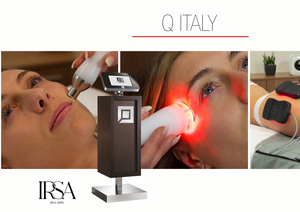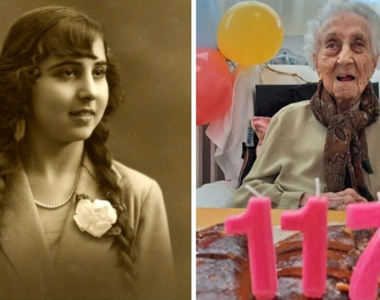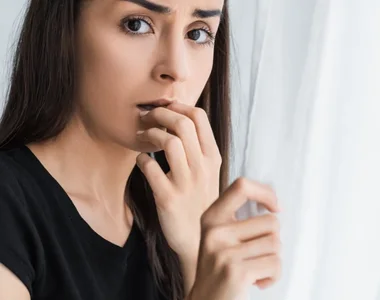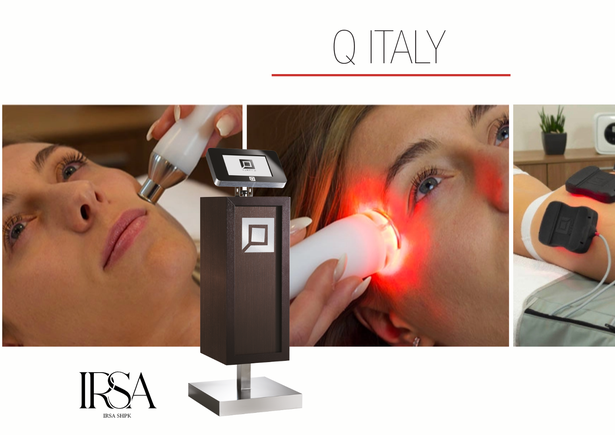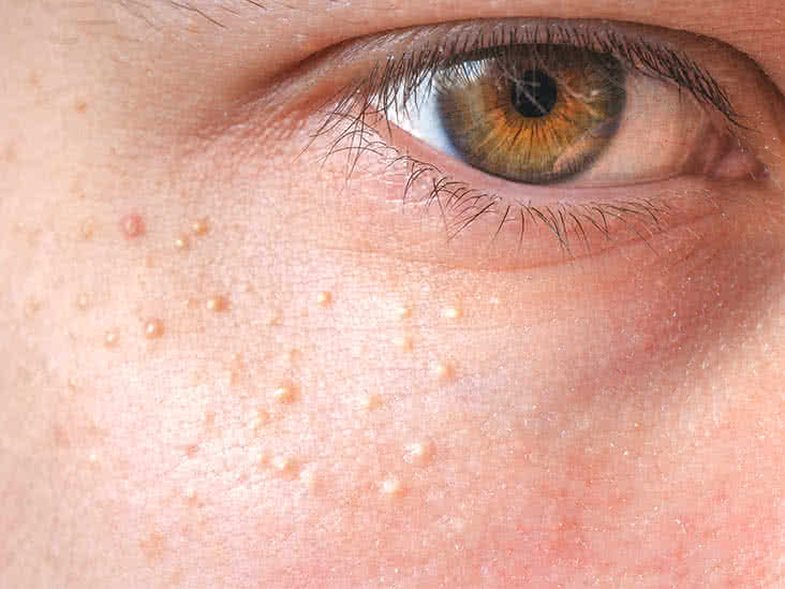
Small white bumps spread on the skin are both common and not very common, which in some cases are a sign of serious skin problems. The following is a guide to white spots on the skin and how to identify them and when to call your doctor.
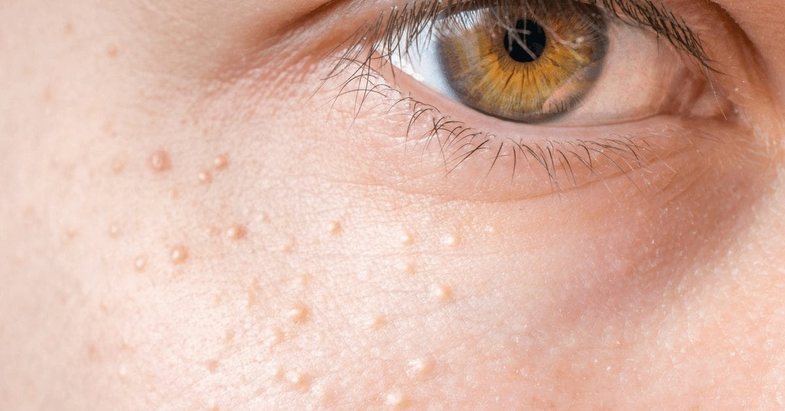
Milia
What they look like: white, small and strong bumps. They are 1 to 2 millimeters in diameter, but can be slightly larger than that. They usually appear on the face, the area around the eyes, nose and forehead, but can also appear on other parts of the face. Fortunately, the milieu is harmless.
What Causes It: Usually caused by blocking dead cells within the skin.
there is no medical cure, as most go away on their own over time. If you want to remove them, you can use natural exfoliants or retinoid products.

Clogged pores
What They Look Like: Like milia, comedones are like little bumps on the face. Their color is rough to the skin color.
What causes it: caused by fat blockage on the pores of the skin.
How they are treated: the use of common acne products, without the necessary doctor's prescription, are a treatment option. Products containing salicylic acid or benzene peroxide are recommended. If Otc medications do not work, consult dermatogol.

Sebaceous hyperplasia
How they look: Similar to acne, but they are actually sebaceous glands. Lumps on the skin can be hard or soft.
What causes it: The sebaceous glands are found in the deep layers of the skin and are responsible for producing oil to keep the skin lubricated. As the glands expand, they push toward the surface of the skin creating white or colored lumps.
How they are treated: It is advisable to consult a doctor as the carcinogenic markers are similar to sebaceous hyperplasia. The latter is not dangerous and there is no pressing reason to treat them. But if they are bothering you, you can consult your doctor about appropriate medications.
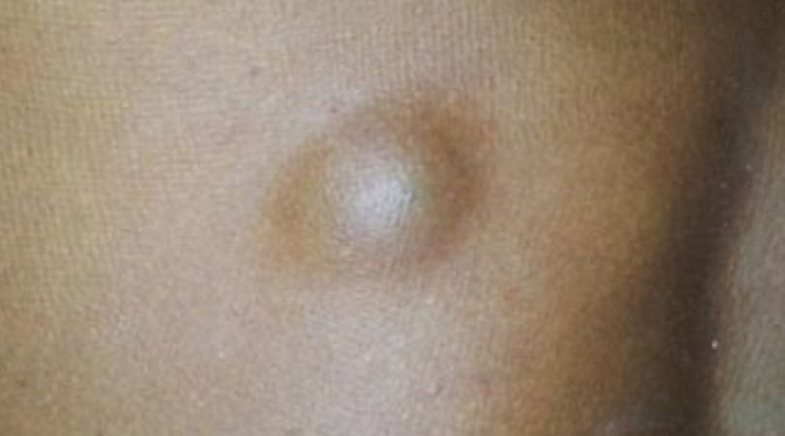
Adipose cyst
What they look like: white, yellow or fleshy lumps with smooth surfaces beneath the skin. They appear mostly on the face, neck and head, but can also appear on the shoulder and back area. Unlike sebaceous hyperplasia, a cyst feels like a small water balloon under the skin
What causes them: they form around the sebaceous gland when it is blocked.
How they are treated: They are not harmful if they are not harmed. They generally go away on their own, but can also be removed with surgery depending on the cyst.
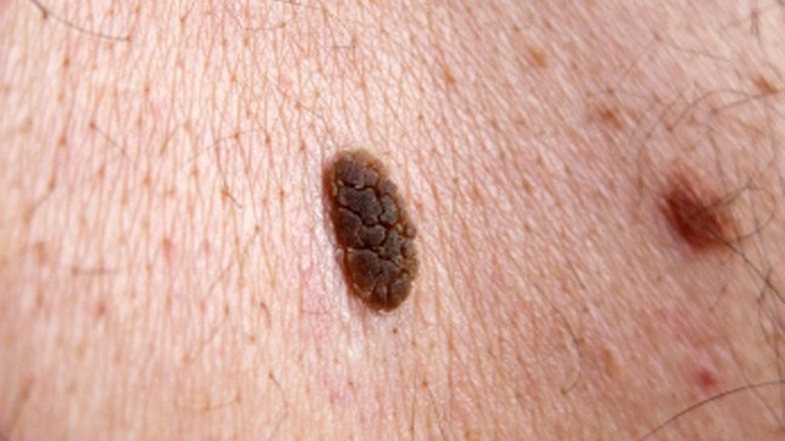
Seborrheic keratosis
How they look: They start out as small bumps, but can grow to a diameter of more than 2.5 cm. They are often brown, but may also be white or as skin color. They appear on the skin and everywhere on the body. They look like wax drops or clay stuck to the skin
What Causes It: As you get older, your chances of being affected by these benign skin growths increase
How they are treated: They are not dangerous, but can be removed by your doctor if they are annoying you.
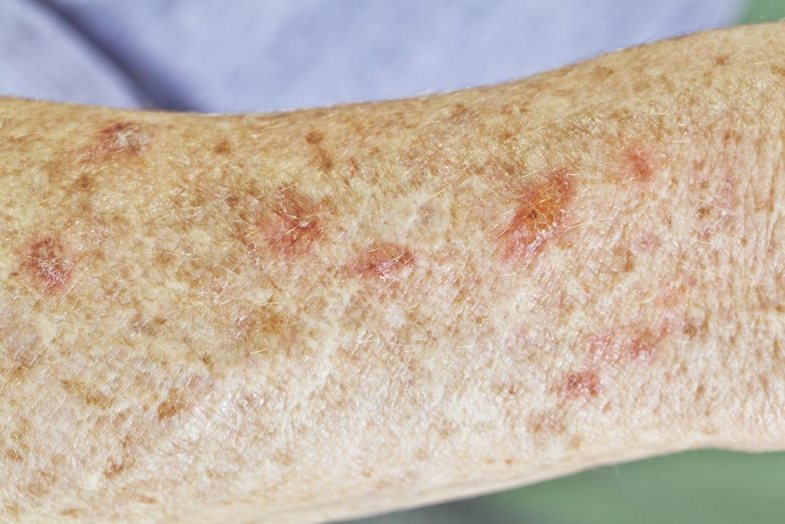
Acneic keratosis
How they look: They are found in areas exposed to the sun, such as the face, ears, neck, shoulders, head or hands. They first appear as a coarse, scaly grain, and later progress to hard lumps. They can be white, red or brown.
What causes them: they develop as a result of damage to the skin by ultraviolet rays. As we get older, more and more appear.
How they are treated: Acneic keratoses are dangerous because they can cause skin cancer if left untreated. They can be treated with medication, but you should still consult your doctor.
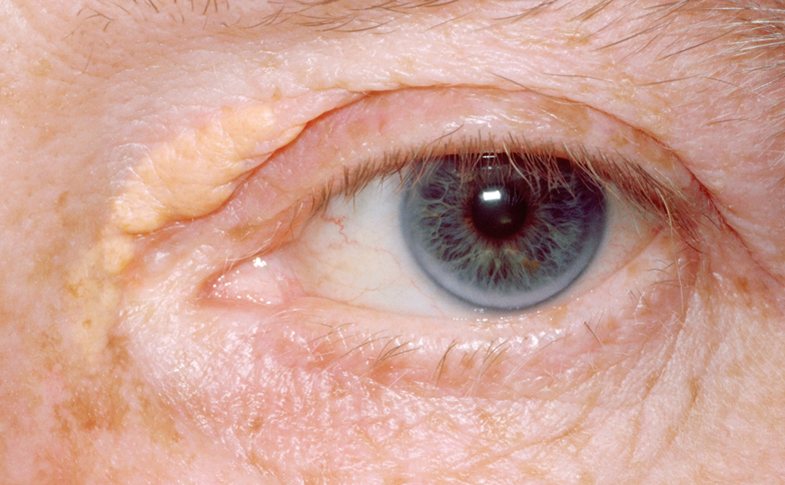
Ksentaplazma
What they look like: lumps of white to yellow in the eyelid or around the eyes. Unlike milia, these points are in irregular shape.
What causes them: They are called cholesterol bumps because they consist of deposits of cholesterol in the skin. People with Xanthelasm have high blood cholesterol levels.
How they are treated: The drops themselves are not harmful, but you can remove them with laser or surgery for cosmetic reasons.
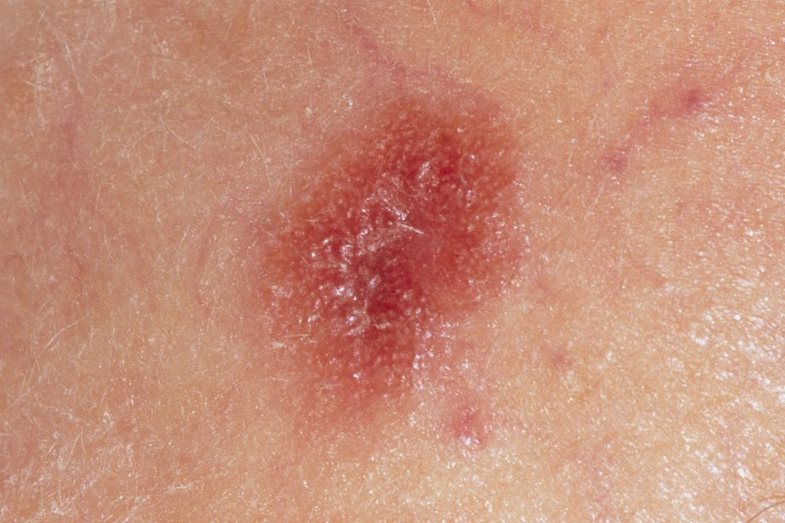
Skin cancer
How they look: like pearly white lumps, usually pink, red, brown or skin color. But they can also be rough, scaly, or wounds that never heal.
What causes it: The main cause is excessive exposure to ultraviolet rays.
How they are treated: Surgical removal is the most common treatment. Skin cancer can be cured if caught early.
For more details on skin carcinogenic markers, refer to this article: How to Find Out whether a mark is normal or cancerous
